Exploring Tiny Home Communities: Locations, Concepts, and Starting Your Own
Tiny home communities are becoming more and more popular as many deal with restrictive housing markets and grapple with trying to live a more sustainable existence in the age of consumerism. Many first time home buyers are shunning the McMansion style houses with three bedrooms and four bathrooms for a more practical option and choosing tiny homes.
Tiny homes generally range from 100- 500 square feet but can be as large as 1,000 square feet for multiple residents. They generally feature compact appliances, multifunctional furniture, and are mobile to be moved to another site if needed.
While many find these housing options appealing as part of a minimalist lifestyle that prioritizes simplicity and lower environmental footprint, this lifestyle can be isolating if done in rural areas alone. That is where tiny home communities come.
What are the benefits of tiny home communities?
Tiny home communities offer an environment that is both eco-friendly and social. Here are some of the key benefits:
- Sustainability: The smaller nature of tiny homes require less materials for construction and less energy for heating and cooling. Tiny home communities often offer shared laundry facilities and water resources that also are more sustainable when aggregated.
- Local Food Production: Tiny home communities can work together to produce food that benefits the community as a whole. This also helps to reduce the carbon footprint and ensures access to fresh healthy food.
- Community Building: Tiny home communities are designed to foster a sense of community among residents. Shared spaces like gardens, workshops, and recreational areas encourage residents to interact in a healthy way. This is especially true on a farm where collaborative efforts can help form strong bonds and a supportive network.
- Affordability and Economic Benefits: By reducing size and impact of construction, tiny homes can offer an affordable housing alternative to traditional housing. As many are priced out of home ownership in the city, this can be especially appealing. Additionally, integrating tiny home communities with agricultural operations further reduces costs as the farm produce offers supplementary income or reduced living expenses.
- Lifestyle Flexibility: Tiny home communities serve as an excellent platform also allow for a semi-nomadic lifestyle as residence can maintain an affordable home base.
Where can I find tiny home communities?
Here are some notable examples of tiny home communities across the United States, each with unique features that cater to different lifestyles and preferences:
Spur, Texas
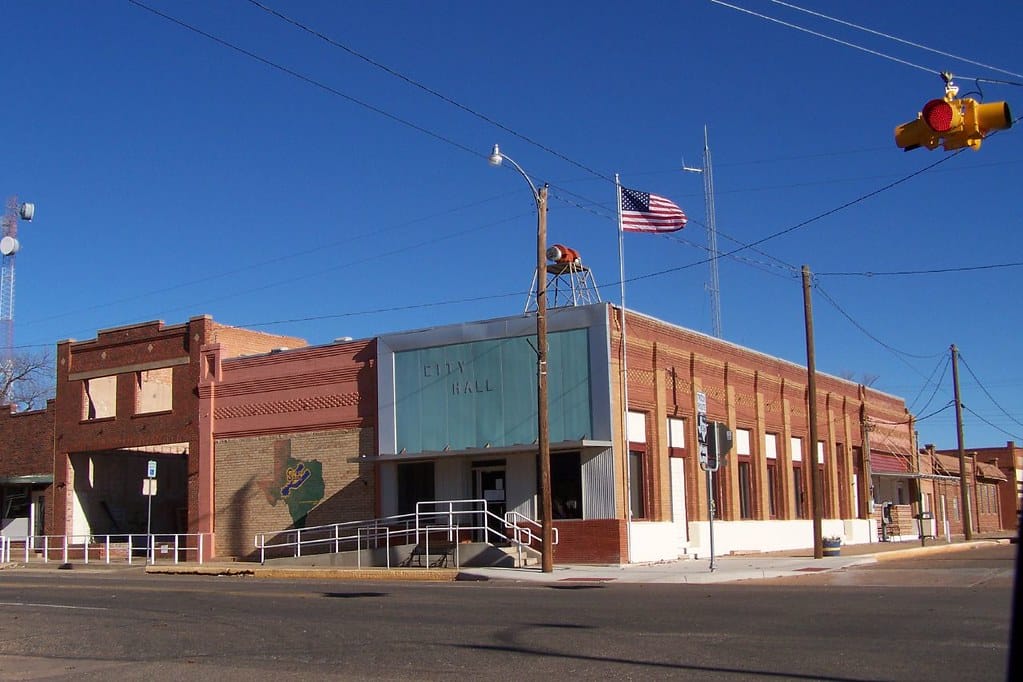
Spur advertises itself as the first tiny house-friendly town in America. It has changed is local zoning to allow for giny homes on foundations as primary residences which is uncommon in the U.S. Here residents can enjoy the freedom of designing their own home with minimal aesthetic standards.
Orlando Lakefront at College Park
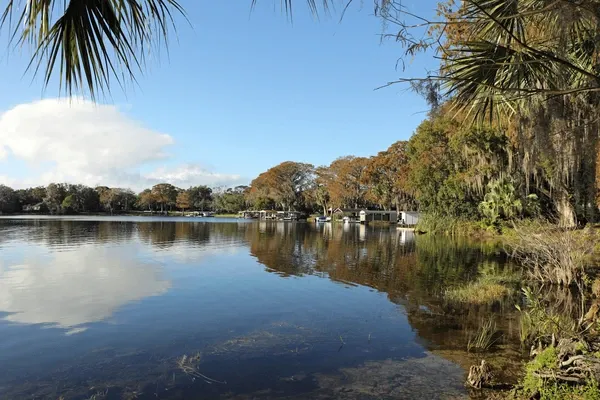
This is a tiny house community in Orlando, Florida evolved from a 1950's RV park and offers both tiny houses on wheels and park model homes. The community provides lakefront living with amenities such as a laundry facility, docks, and a common area. It fosters a tight-knit community environment with frequent social gatherings.
Community First! Village
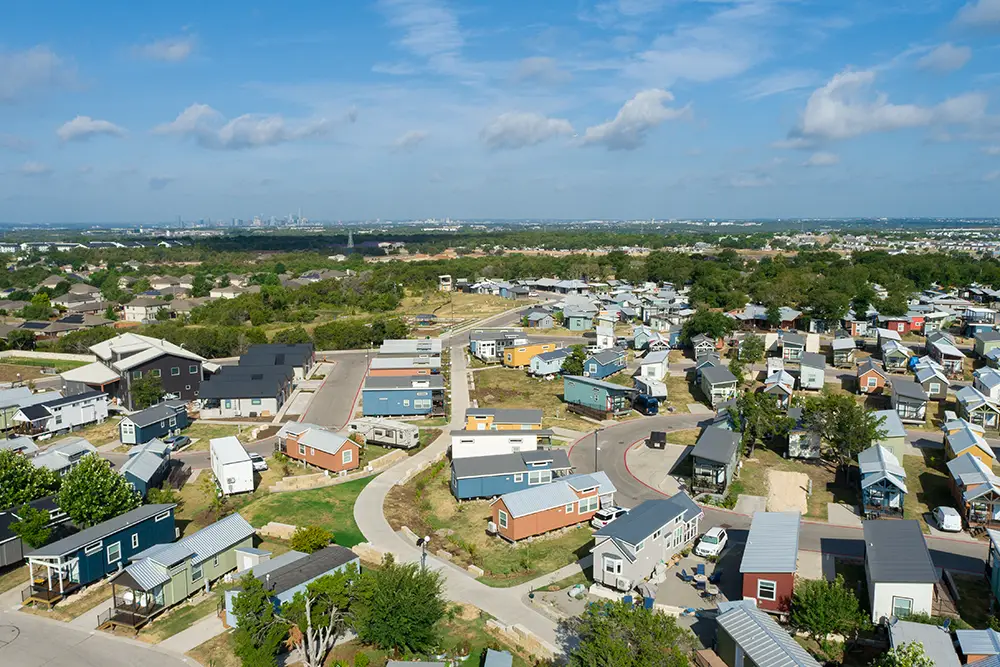
In Austin, Texas this community is a 51-acre master planned development designed to provide affordable, permanent housing and a supportive community for the disabled, chronically homeless in Central Texas.It includes a mix of tiny homes, mobile homes, and RVs, alongside community gardens, a medical facility, a community market, and places of worship.
Escalante Village
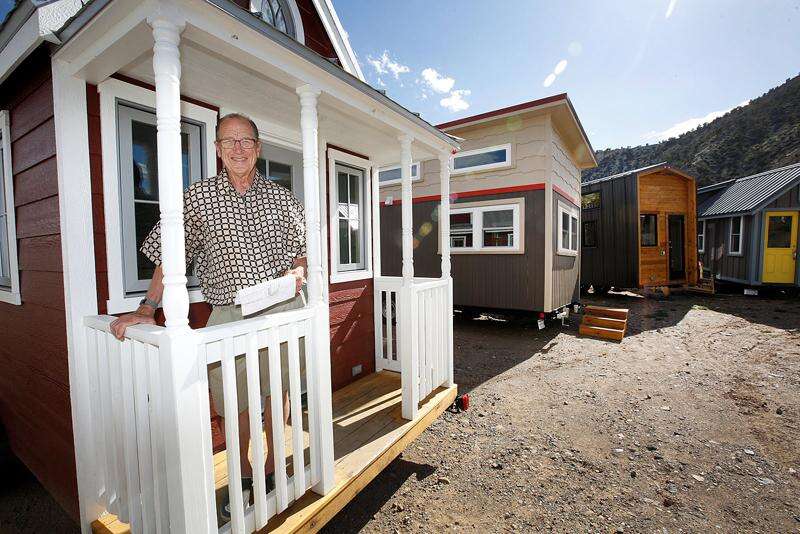
Durango, Colorado’s Escalante Village is a community specifically designed for tiny houses on wheels.It offers residents the beauty of living in Colorado with riverfront views and amenities such as communal spaces, storage options, and hook-ups for utilities.
Tiny Estates
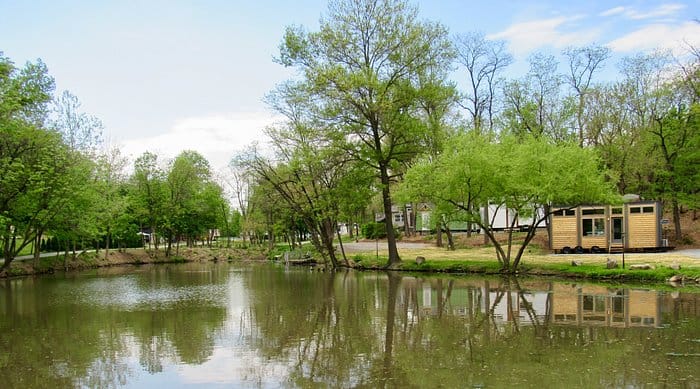
Located near Hershey and Lancaster in Elizabethtown, Pennsylvania, Tiny Estates is set on 34 acres and was previously a campground. It provides a variety of tiny homes for rent or purchase, with options to bring your own tiny home. The community includes common areas, a pond, and event hosting spaces.
Lemon Cove Villages
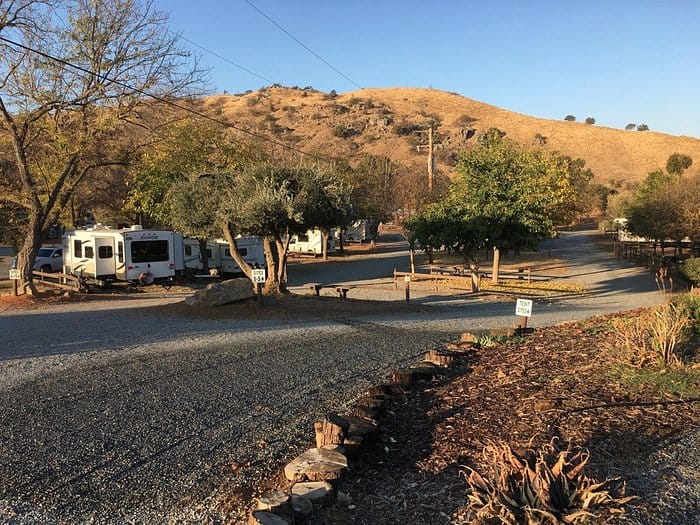
This tiny house community is situated near the Sierra Nevada Mountains in Lemon Cove, California offers a tranquil setting ideal for nature lovers. Residents can enjoy amenities like a clubhouse, swimming pool, and dog park, making it an attractive choice for long-term living.
These communities showcase a range of options from urban settings to more rural, nature-focused environments, demonstrating the versatility and appeal of tiny home living across different landscapes and lifestyles in the U.S. There are many more tiny home communities. TinyHomeHub.io offers this list of a state-by-state breakdown of tiny home communities in the U.S. updated regularly.
How to start a tiny home community
You may want to start a tiny home community with your friends and family. Especially in the states, zoning laws and other regulations can make it incredibly difficult to do so.
Here’s a step-by-step guide to starting a tiny home community:
Research and Planning
Local zoning laws can be a significant barrier to entry and this varies greatly by location. For example, in the U.S. Virginia has quite lacks zoning around building in rural areas, whereas other states will be extremely challenging. In Washington State the way around these zoning issues are to build using farmworker housing permits. If you build tiny home communities on farms, and your guests/residence work some hours for the farm, then you can apply for farmworker housing that supersedes all local zoning and is administered by the state.
Feasibility study
You will need to evaluate the specific site of your project and be away from certain requirements such as for utilities, road setbacks, drainage, and flooding.
Securing Land
Land prices can be prohibitively expensive and represent a huge barrier for tiny home communities. You might try looking into a long term lease from a farmer, a community land trust model, or a joint LLC with friends and family.
Design and Development
You will need to create a master plan for the layout of your community including homes, common areas, roads, and utilities. Consider orientation of homes for environmental efficiency (eg. solar panel placement) and permaculture design as a guiding design method/philosophy.
Building Tiny Homes
When it comes time to build, consider whether you want to build the homes on-site or as pre-manufactured units, and/or allow residents to bring their own tiny homes. If you are using a farmworker housing program then make sure to receive your construction checklist to ensure that your units are built to the proper code.
Establish Governance
It will be important for your community to set up rules and guidelines for living together that cover aspects like property maintenance, use of common areas, and conflict resolution. Especially when joint time and resources are involved, make sure that everyone understands the rules and is willing to abide by them.
Marketing and Sales (if necessary)
If you do not have enough members for your tiny home community, you may need to promote your community through various channels. Consider having monthly tours of the property or monthly online informational sessions for prospective members to learn more about what you are building.
These sites may be relevant for you to post your community on:
IC.org- Offers resources and listings for intentional communities, including eco-villages, co-housing, and cooperative living arrangements across the globe. They have a directory of 1000+ communities
ecovillages.org- The Global Ecovillage Network‘s shared purpose is to link and support ecovillages, educate the world about them, and grow the regenerative movement – to inspire, scale and facilitate communities and people from all walks of life to become active participants in the transition to a resilient and regenerative human presence on Earth.
communityfinders.com- offers one-one coaching and community matchmaking and potentially can help connect people to your tiny home community.
If you are selling or leasing homes, you’ll need to come up with a process that includes all relevant legal contracts.
Community Engagement and Growth
This can be a messy and long process, for tiny home communities to succeed, it is important to organize events and activities that promote bonding and engagement amongst residents and prospective residents. This helps to create a cohesive community.
You will also be able to gather feedback from residents to make adjustments as needed around community operations and policies. To live in community is an ever evolving living experience and it requires participation to function smoothly.
Sustainability Initiatives
Part of living in a tiny home community is naturally being able to be more conscious of practices the promote a more eco-friendly way of life. Practices such as waste reduction, water conservation, and community gardening can not only improve the environment but also reduce living expenses, and create a new model for living that enhance community appeal.
Tiny home communities are not the norm in our world and because of this there are a lot of factors to consider including strategic planning, community engagement, and a deep understanding of legal and environmental factors. It’s a challenging but rewarding endeavor that can offer a sustainable, affordable, and enriching lifestyle to its residents.
The Sunflower Collective is working to build tiny home communities on small farms in the U.S. and abroad. If you’d like to receive updates on our progress and learn more, please consider sharing your email below to be added to our newsletter.
Sign-Up here to receive updates on our progress and express interest in the project
